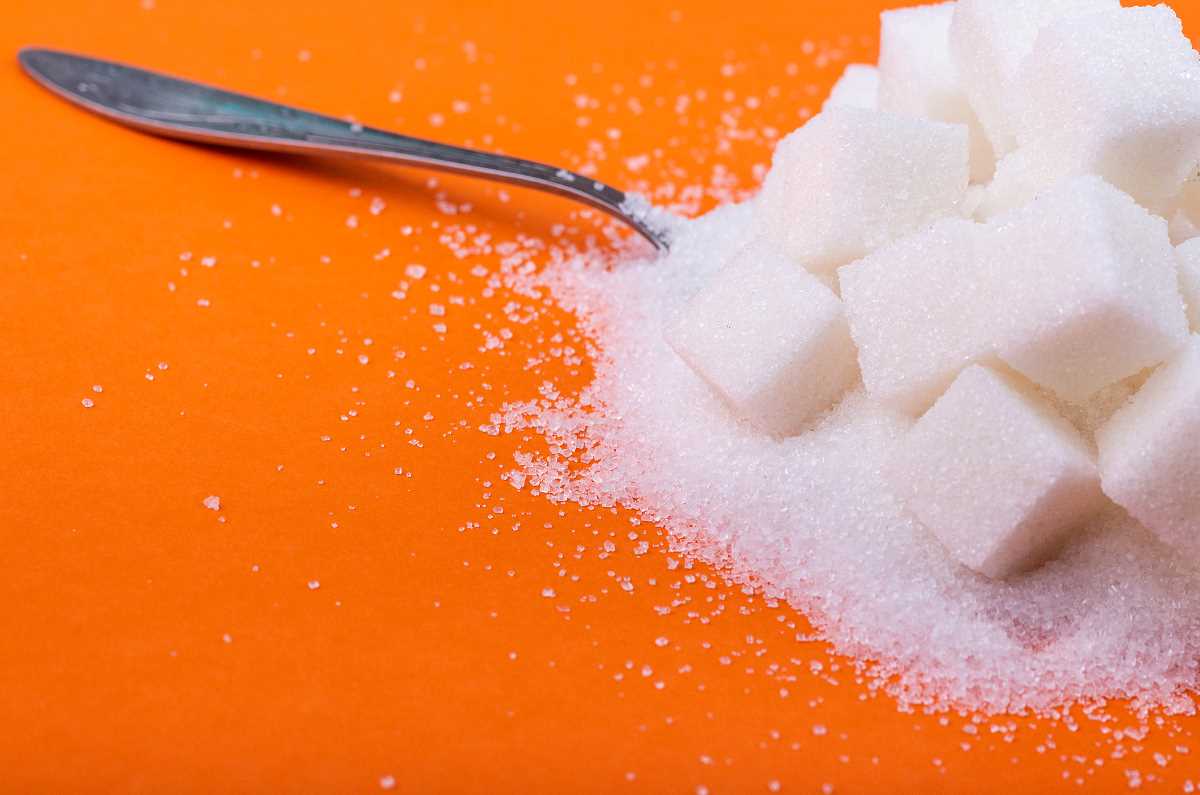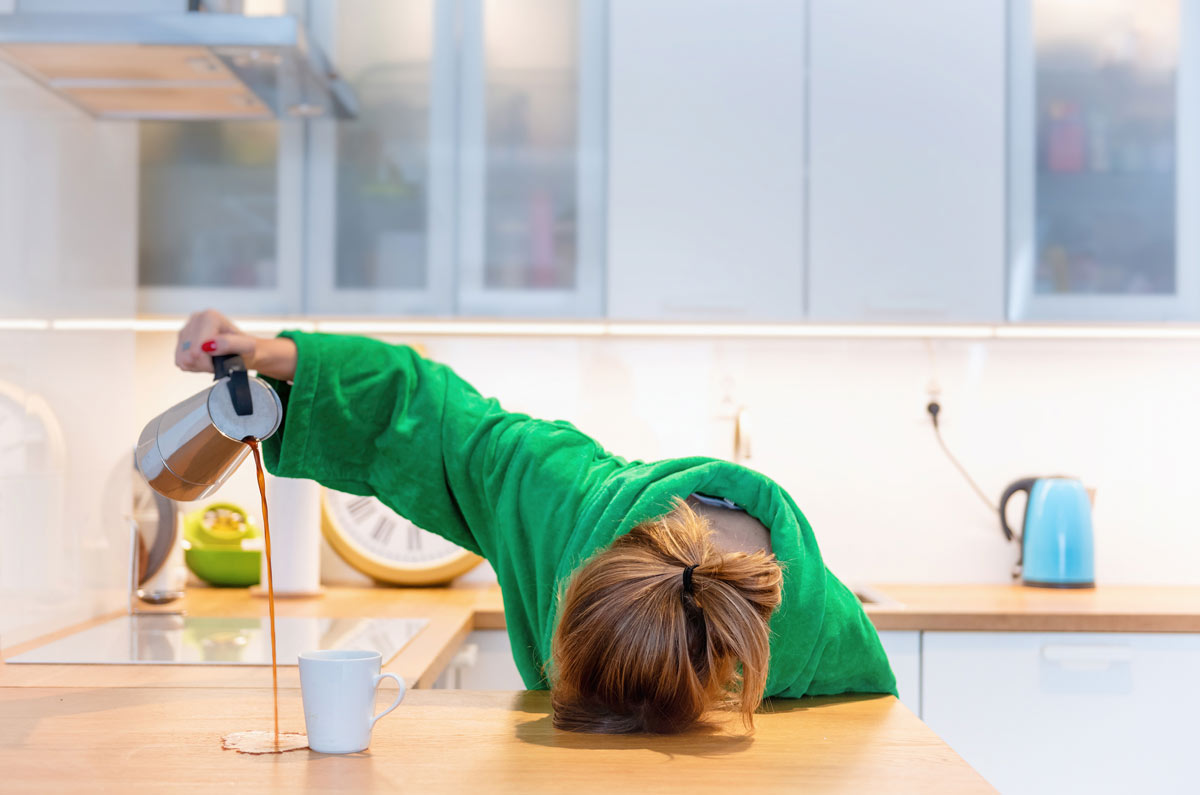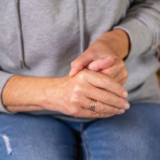It’s the start of 2021 and many of us are feeling the effects of consuming too many yummy things during the holidays. Trifles, honey glazed hams, wine, pavlova, cheesecakes, rum balls, cocktails, pudding, soft drinks, fancy salads with sweet dressings, crackers, lots and lots of lollies…and that was just one day!!
But sadly while we may love these high-sugar foods, they don’t love us back. And if we don’t consume them in moderation, they can have some very negative impacts on our health and wellbeing.
So let’s take a look at the delicious, but bittersweet world of sugar.
Did you know?
Consuming too much sugar can increase muscle and joint inflammation. It can also lead to weight gain, an increased risk of developing diabetes and heart disease, high blood pressure, acne and dental disease. Which means Mary Poppins had it all wrong with her spoonful of sugar – it doesn’t help the medicine go down ☹.
How much sugar should we aim for?
Because of the many health issues linked to a diet high in sugar, the World Health Organization (WHO) has released a guideline that states “in both adults and children, WHO recommends reducing the intake of free sugars to less than 10% of total energy intake”. (i)
By free sugars they’re referring to the sugars “added to foods and beverages by the manufacturer, cook or consumer, and sugars naturally present in honey, syrups, fruit juices and fruit juice concentrates”. (ii)
For an adult with a healthy Body Mass Index (BMI), 10% works out to be about 12 teaspoons (or 50 grams) of sugar, in all its forms, per day.(iii) While that sounds like a lot, there’s a lot of hidden sugar in our food. Apart from what we add when cooking or making a cuppa, there’s the sugar that’s in our processed, packaged and pre-prepared foods, soft drinks, fruit drinks, bread, crackers, alcohol etc. So it all adds up very quickly.
In the 2018 report Nutrition across the life stages, the Australian Institute of Health and Welfare (AIHW) reported that “more than half of the population in each age group up to 19–30 have intakes of free sugars that are greater than the WHO guideline. While this decreased slightly with older age groups, it remains high, with between 35% and 50% of the population with intakes greater than or equal to 10% of energy intake”.(iv)
The main contributors to added sugars intake include: “fruit and vegetable juices and drinks, soft drinks, cakes and muffins, cordials and sweet biscuits”.(v)
But we can change our eating behaviour to reduce the amount of sugar we consume. We don’t have to be a slave to our sweet tooth or our eating habits. And in a short period of time we can experience the improved health benefits of eating a balanced diet, low in sugar.
Did you know?
Sugar has many different names. You may be familiar with some of the ones ending in ‘ose’ – glucose, fructose, dextrose – but there are many that don’t even sound like a sugar, like demarara and turbinado! That’s why it’s a good idea to become familiar with the different names of sugar, so you know what to look for. Choice has a helpful list of 42 different names for added sugar to help you.
Let’s get started – some tips for reducing your sugar intake
- Get help. You don’t have to do this on your own. Talk with your doctor or a dietitian for advice and strategies to help you reduce your sugar consumption. And get the family involved. It’s more than likely that if one person in the household is consuming too much sugar, then others are too.
- Read the nutrition information panels and ingredients lists on your packaged foods. EatForHealth.gov.au has some great resources to help you understand what you’re looking at. And remember, sugar has several names that may be listed in the ingredients list – so one product may list sugar, invert sugar, malt extract, glucose solids, golden syrup, and honey – all in the one item! That’s a lot of sugar.
- Compare similar products. Once you’ve wrapped your head around reading nutrition panels and ingredients lists, compare products before you buy them. For example, compare different yoghurts – one may have a much higher percentage of added sugar than another.
- Decide how you’re going to do this. You may decide to go cold turkey and stop consuming anything with sugar. This sounds really hard to me but it works for a lot of people. Or you can make changes gradually and consistently. This can also be tough, so getting help from a dietitian is a really good idea.
- Reduce your intake of sugary drinks, including alcohol. We know soft drinks are full of sugar, but so too are flavoured milk drinks, fruit and vegie juices and store bought smoothies, slushies, milkshakes etc. Drink water – plain or sparkling instead. And if you want a flavour hit, add some lemon or lime slices, or some mint leaves.
- Think about why you’re eating that ice cream after dinner or mid-afternoon chocolate bar. Are you actually hungry or is it a habit? If you’re hungry choose something that’s not full of sugar like unsweetened Greek yoghurt with some passionfruit or berries, or a small handful of unsalted almonds. If you’re eating because it’s a habit, do something else. Take the dog for a walk, talk with your kids, fold the laundry, clean your teeth. Distract yourself until you’re no longer thinking about eating.
- Make sure you’re eating enough fibre and protein. They’ll make you feel full and satisfied, so you’re less likely to snack. Fibre is also important for a healthy digestive system, while protein has many health benefits including providing energy, growing and repairing cells and keeping your immune system healthy.
- Manage your stress. We often reach for the comfort foods when we’re feeling anxious or stressed because they make us feel better. Find other ways to deal with stressful situations that don’t involve sugary food or drinks.
- Get a good night’s sleep. Being tired or feeling fatigued is one of the many reasons we crave sugary things because we know it’ll give us a quick burst of energy. But that energy doesn’t last. You soon go back to feeling tired and needing more sugar to keep you going. And lack of sleep is also linked to weight gain; when coupled with a diet high in sugar, it’s not a great combo. Read our information on sleep for more information about how you can improve your sleep quality and quantity.
- Be prepared for the potential for sugar withdrawal. Sugar is addictive, and some people may find they experience symptoms such as headache, fatigue and lack of concentration when they reduce their sugar intake. But it will pass. Have some strategies in place in case this happens to you such as: going for a walk, calling a friend, having a cup of tea or coffee (minus any added sugars or syrups), drinking some water, getting some fresh air, doing a crossword. Whatever works to distract you from the symptoms you’re experiencing.
In the end, it’s up to you how much or how little sugar you want to have in your diet. There are definite health benefits for having a diet low in sugar, but that doesn’t mean no sugar.
So if you’re struggling with the idea of giving up all of the sweet things that you enjoy, there’s no reason you can’t enjoy your favourite sweet every now and again.
And you’re more likely to really savour it because you’re eating it because you enjoy it – not because you’re tired, stressed, bored or because it’s a habit. So take some steps today to reduce your sugar intake. Your body will thank you for it.
Call our Help Line
If you have questions about things like managing your pain, your musculoskeletal condition, treatment options, COVID-19, telehealth, or accessing services be sure to call our nurses. They’re available weekdays between 9am-5pm on 1800 263 265; email (helpline@msk.org.au) or via Messenger.
More to explore
- Added sugar in food
Choice - Anti-inflammatory diets
Musculoskeletal Australia - Does sugar cause inflammation in the body?
Medical News Today - Eat less sugar
South Australia Health - Get started cutting down on sugar with these tips
American Heart Association - How to understand food labels
Eat for Health, Australian Government - Sugars intake for adults and children
World Health Organization - Sugars
Eat for Health, Australian Government - What happens to your body when you stop eating sugar
Pocket
References
i-ii WHO Guideline: Sugars intake for adults and children, 2015.
iii Food Standards Australia & New Zealand: Sugar, 2019.
iv-v AIHW Nutrition across the life stages, 2018.






















